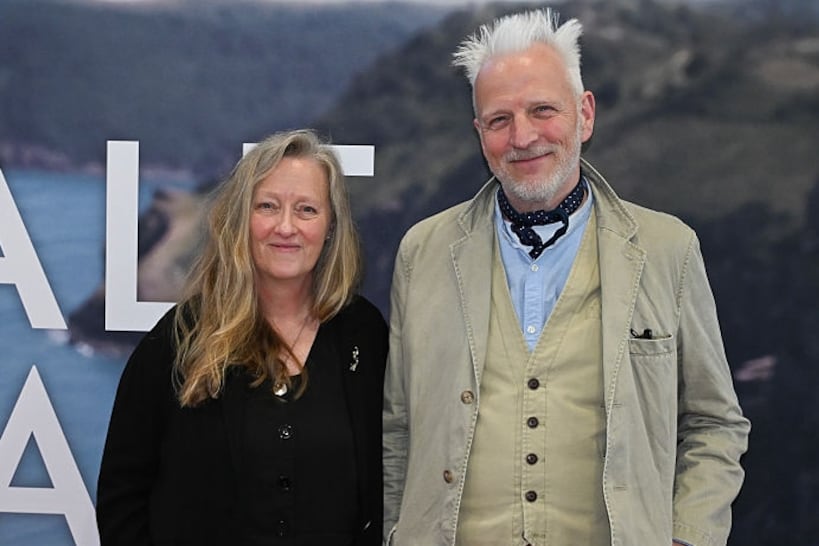Demand for ambulances in Dublin is “far in excess” of levels where performance standards can be met, with “systemic” queuing of incidents during busy periods, an Oireachtas committee will be told on Wednesday.
The Health Committee is due to hear from the HSE, which operates the National Ambulance Service, and Dublin Fire Brigade (DFB), which runs ambulance services in the capital.
In its opening statement to the committee, DFB outlines a series of stark warnings about the sustainability of the service in Dublin, warning that the operating environment “remains very challenging”.
It outlines how demand for ambulances is “continually identified as being far in excess of DFB capacity to meet Hiqa performance standards”, and outlines how incidents are routinely placed on queues because no ambulance or fire engine is available to respond.
READ MORE
“Queuing of incidents is now systemic with over 80 per cent of incidents placed on the queue during peak hours” – which stretch from 9am to midnight. Due to a surge in demand in November and December of last year, “the highest number of incidents placed on a queue were recorded”.
The fire service will outline how when it is busy, it requests assistance from the NAS, and did so on over 63,000 occasions last year, only to be told by the ambulance service it could not provide a resource on 76 per cent of these occasions.
“These figures suggest the combined resources of NAS and DFB cannot meet current ambulance demand in Dublin city and county,” the committee will be told. With demand rising and “exacerbating the situation”, treatments getting more complex alongside longer incident duration times and longer periods spent offloading patients, the situation is deteriorating.
So-called “delta” calls, classified as life threatening callouts other than cardiac or respiratory arrest, are being “severely compromised by a lack of resources”, the statement outlines, with complaints from the public rising.
Figures released to Sinn Féin health spokesman David Cullinane over recent months outline a continued deterioration in the response times to Delta calls, and Echo calls, which relate to emergencies involving a cardiac or respiratory arrest.
A briefing note for the committee, drawn up by the HSE, outlines how the ambulance service is coming under more pressure partially because of staffing pressures – but also because of the changing demographics of the country.
[ Dublin’s ambulance crisis goes on because authorities are not trying hard enoughOpens in new window ]
“Although people are living longer, it is with a higher incidence of chronic disease, resulting in older persons experiencing reactive provision of care, often requiring frequent hospital admissions,” the note reads, creating a need for the NAS to develop other pathways for care that support people in the community and without transfer to hospital.
A 2021 capacity review of the NAS identified an “urgent need to recruit additional staff”, with an “unprecedented and unexpected” growth in demand, which is up 14 per cent since 2019. Emergency call volumes are growing rapidly, the note outlines, with a 15 per cent increase in 2022 compared to 2021
The NAS has identified a need to hire 4,385 additional workers by 2031 to ensure the service is adequately staffed.
When it comes to staffing, the HSE will tell the committee that new staff starts were 209 in 2022 which “compares favourably” with an average of 10 people leaving per month.
However, a submission to the Health Committee made by a serving ambulance worker, seen by The Irish Times, strongly criticises recent recruitment efforts, alleging that only 9 per cent of all eligible applicants for positions have been employed. It claims the recruitment process is “determined to fail candidates” and that it employs “misleading, confusing, and clinically undeterminable questioning”.
Asked about these criticisms, a HSE spokesman said a recruitment campaign for qualified paramedics “received a low number of applicants” and it is working with partners in education to address this, but it said a campaign for student paramedics was more successful, with 90 starting in September last year. Some 85 new student paramedics began training with NAS in December and another recruitment campaign is running.
The NAS has a workforce plan with “ambitious recruitment targets” to ensure it can meet demand, the spokesman said.














